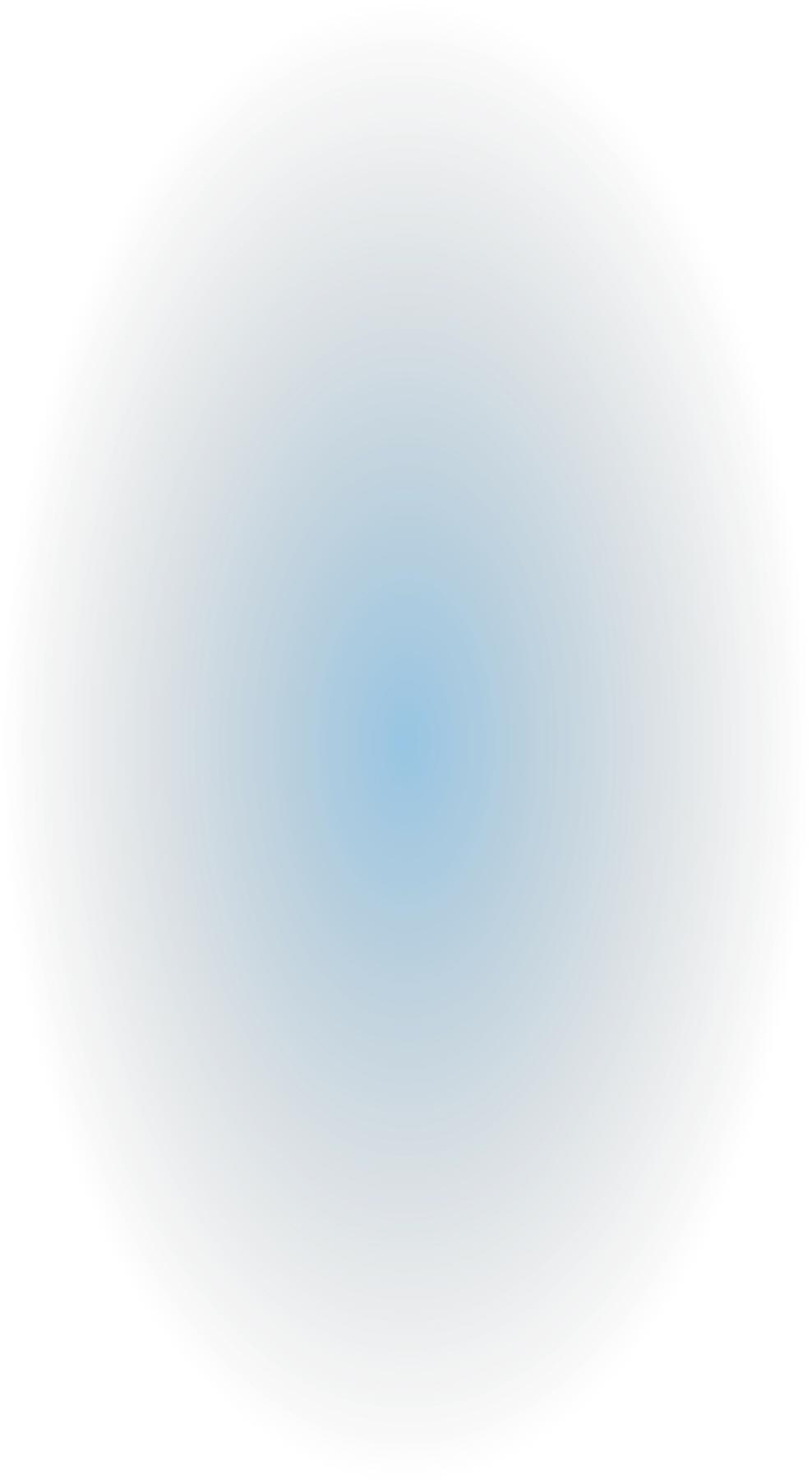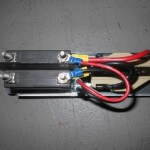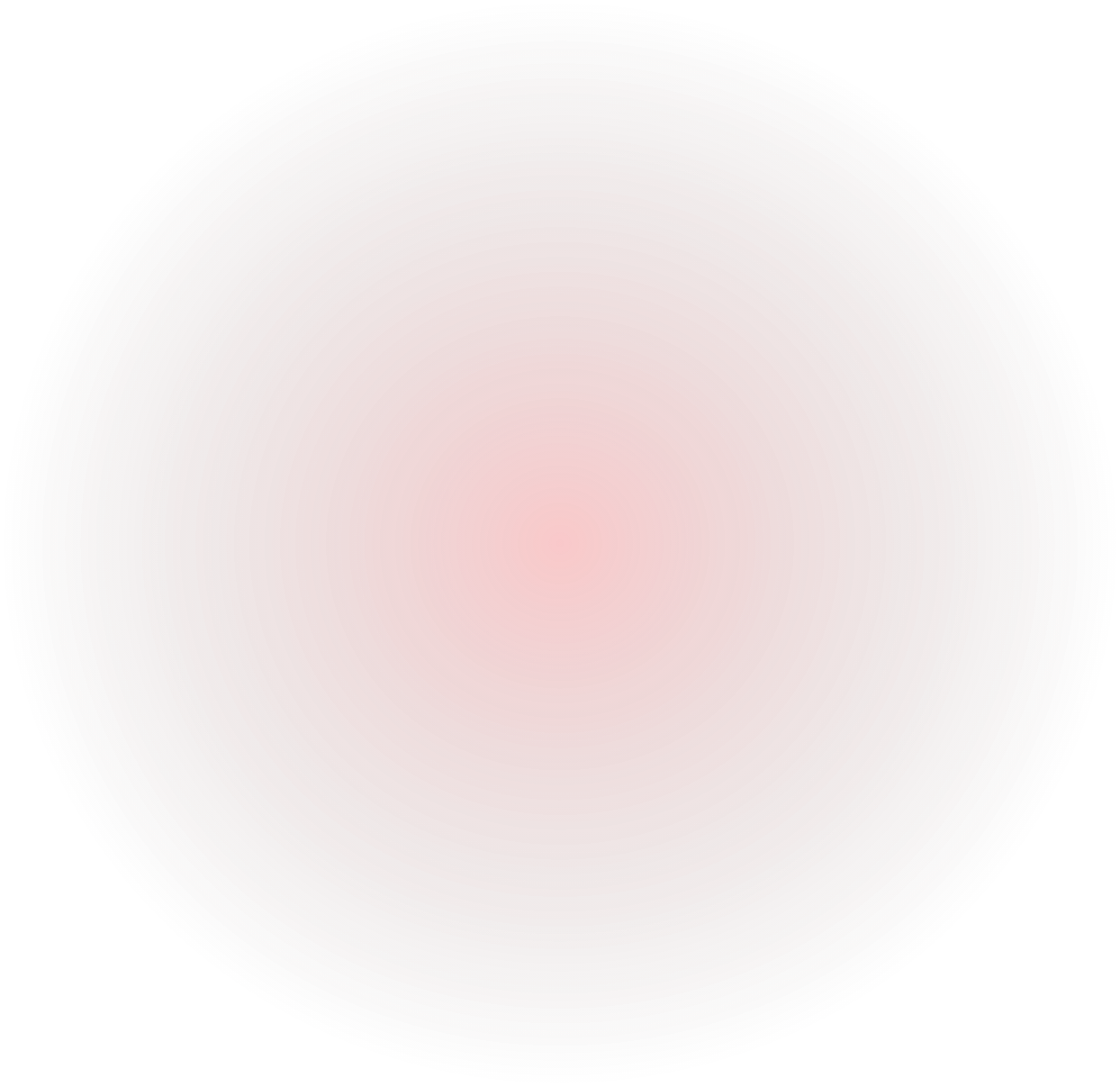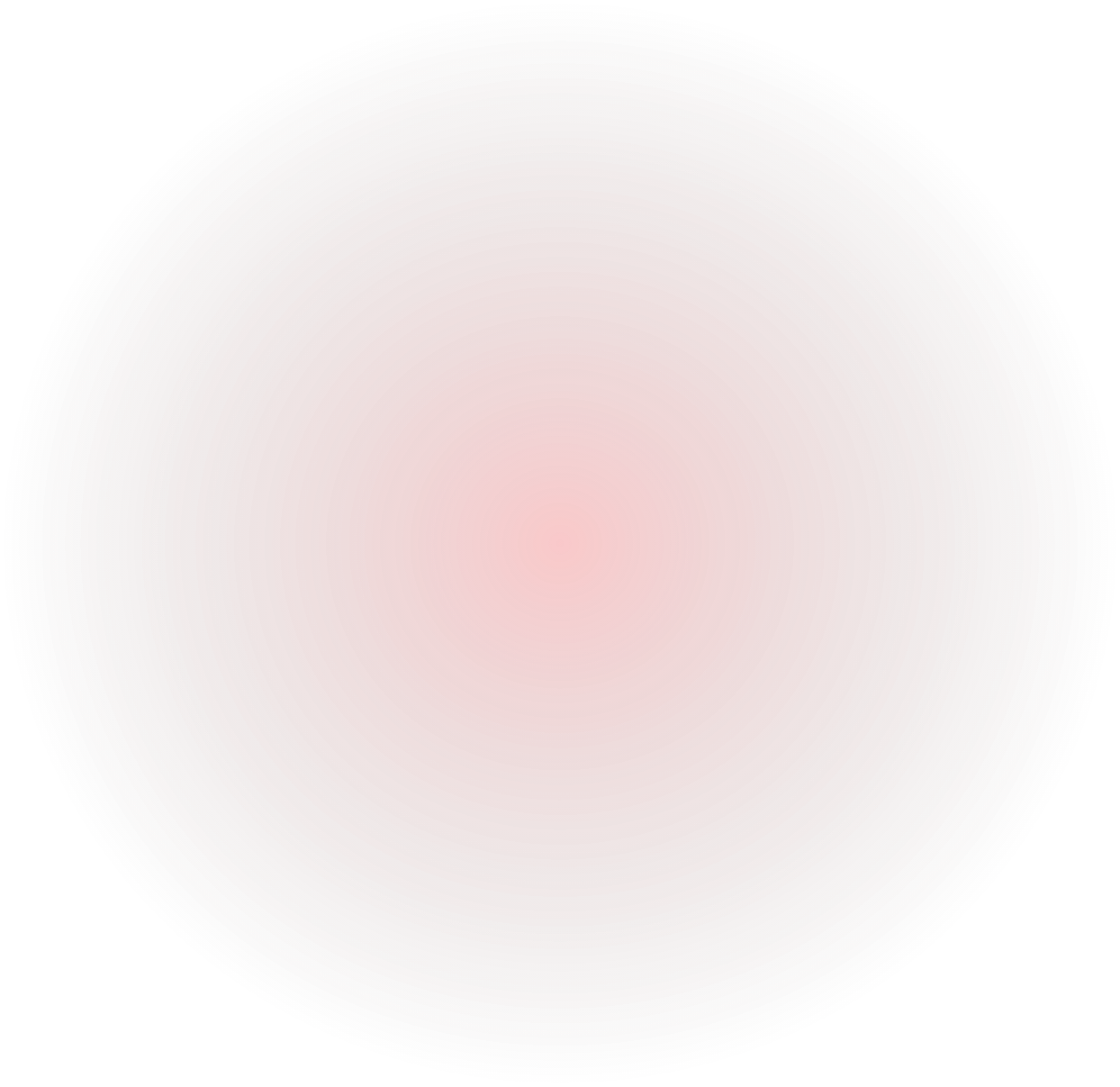

| Product | Eaton 9E 20kVA |
| Application | Manufacturing Facility Data Center |
| Synopsis | Customer placed service call for shorted static switch alarm and multiple overload alarms on newly installed system. |
| Preliminary Actions | Nationwide Power Engineer onsite to trouble shoot multiple overload alarms. Upon inspection and measurement of input and output of the system, a capacitor lead in the TVSS between the UPS and the service transformer had broken free causing intermittent shorting to the capacitor body, indicated by carbon traces. This issue was causing bypass input and voltage errors. |
| Resolution | The lead was repaired and upon further troubleshooting, the Nationwide Power Engineer identified that several non-essential inductive loads were on the output of the UPS including space heaters, multiple printers, an HVAC fan, a small refrigerator, and area lighting. Non-essential loads would be better served by a generator than a small UPS. |
| Root Cause | A sub panel in the building with non-critical loads had inadvertently been wired into the output of the UPS. These types of inductive or cyclical motor loads are not ideal for UPS units. When turned on, a laser printer draws a high current to heat up its fuser roller. A typical smaller rated UPS cannot cope with such a spike. The initial inrush current at start-up can be seven or more times the average operating current of the printer. Lighting loads, especially fluorescents with ballast, traditionally reflect noise back to the UPS. The EMF or noise reflected from the ballasts, starters and lamps as they initiate, can confuse the UPS circuits, giving the impression that there is an increased or infinite load. Motor loads are also less than ideal for a UPS such as a refrigerator or AC unit. These types of load will require high inrush currents that can also stress the UPS. As much as 7 times higher than running current will be seen by the UPS when a motor starts or AC cycles on. While normal static operation of each type item may not show the UPS as overloaded, the starting or restarting may cause instantaneous overloads. These overloads may force the UPS to bypass if the amplitude or duration is too great. When multiple types of these loads are added, the problems are compounded. |
We are your critical power infrastructure partner!

